Colanders are versatile kitchen tools that serve several essential purposes in cooking and food preparation. From draining pasta to rinsing fruits and vegetables, these perforated bowls with handles are indispensable in any kitchen. They allow water to drain away quickly while keeping the food inside, making them ideal for tasks like washing produce or straining cooked pasta. Colanders come in various sizes and materials, such as stainless steel, plastic, or silicone, making them suitable for different culinary needs. Whether you’re a professional chef or a home cook, having a colander in your kitchen is essential for efficient and convenient food preparation.
What Are Colanders?
Colanders, also known as strainers, are kitchen utensils used for draining liquids from food items such as pasta, rice, vegetables, and fruits. They typically consist of a bowl-shaped container with small holes or perforations to allow liquids to drain out while retaining the solids inside. Colanders Used For often come with handles or hooks to facilitate easy handling and can be made of various materials such as stainless steel, plastic, or silicone.
Can I Put My Colander In The Dishwasher?
When it comes to cleaning kitchen tools, convenience is key. Many modern colanders are dishwasher-safe, making cleanup a breeze. However, it’s essential to check the manufacturer’s instructions and the material of your colander to ensure it can withstand the high temperatures and agitation of the dishwasher. Stainless steel and silicone strainer are generally safe for dishwasher use, while plastic colanders may be more susceptible to warping or damage in the dishwasher.
Purpose Of Colanders In The Kitchen
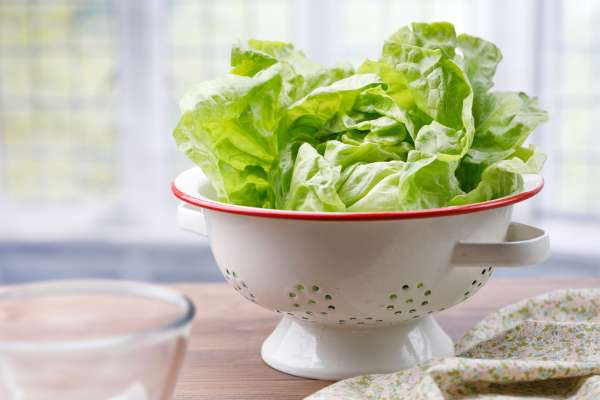
The primary purpose of colanders in the kitchen is to separate solids from liquids efficiently. Whether you’re draining a pot of boiled pasta, washing vegetables, or rinsing canned beans, a colander is essential for ensuring that excess liquid is removed while keeping the food intact. This versatility makes strainer indispensable for a wide range of cooking tasks, from preparing simple salads to elaborate pasta dishes. Additionally, colanders can also be used for steaming or blanching vegetables, as the perforated design allows steam to circulate freely while keeping the vegetables contained. Overall, strainer are essential tools that streamline food preparation and contribute to efficient and convenient cooking in the kitchen.
Types Of Colanders
1. Traditional Metal Colanders
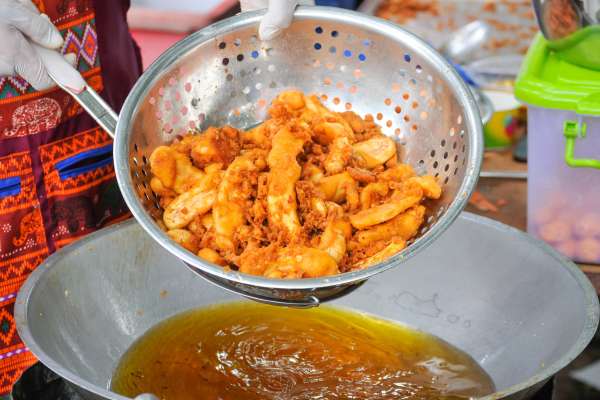
These colanders are typically made of stainless steel or aluminum and are known for their durability and sturdiness. They often have small perforations that allow for efficient draining while keeping food items contained. Traditional metal colanders are versatile and suitable for a wide range of kitchen tasks, from draining pasta to washing fruits and vegetables.
2. Plastic Colanders
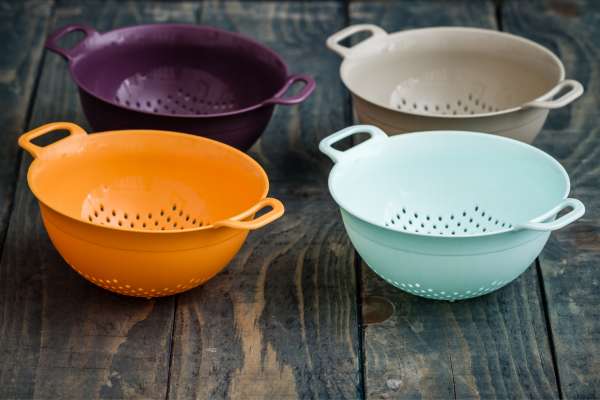
Plastic colanders are lightweight and often more affordable than their metal counterparts. They come in various colors and designs, making them a popular choice for home kitchens. Plastic strainer are easy to clean and resistant to rust, making them ideal for everyday use. However, they may not be as durable as metal colanders and can be prone to warping or cracking over time.
3. Silicone Colanders
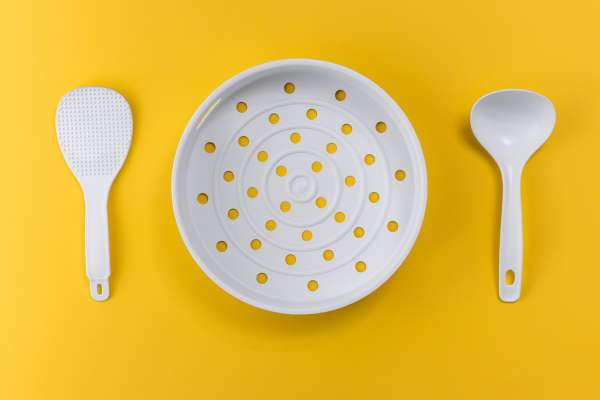
Silicone colanders are a newer addition to the market and offer several advantages. They are flexible, collapsible, and easy to store, making them ideal for small kitchens or for those with limited storage space. Silicone strainer are also heat-resistant and dishwasher-safe, making them convenient to use and clean. However, they may not be as effective at draining as traditional metal strainer and can be prone to tearing or puncturing if not handled carefully.
Features To Consider When Buying A Colander
1. Size
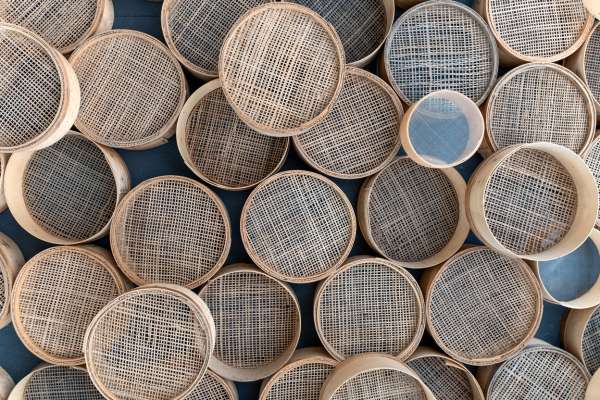
The size of the colander is an essential consideration based on your cooking needs. Colanders come in various sizes, ranging from small handheld ones for rinsing berries to large ones for draining pasta or washing vegetables in bulk. Consider the amount of food you typically prepare and the size of your pots and sinks to determine the ideal size of the colander for your kitchen.
2. Material
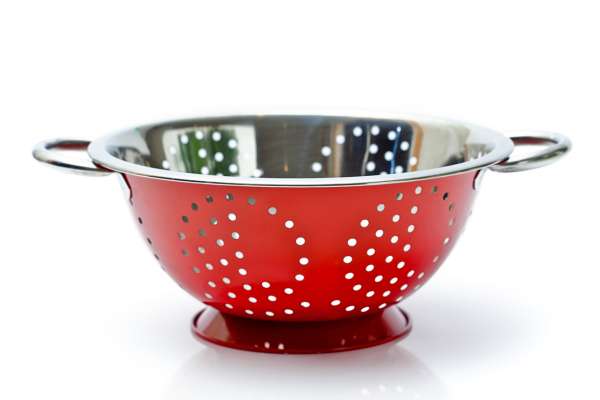
Colanders are available in different materials, each with its own set of advantages and considerations. Common materials include stainless steel, plastic, and silicone. Stainless steel strainer are durable, easy to clean, and resistant to rust and stains. Plastic colanders are lightweight, affordable, and come in a variety of colors and designs. Silicone strainer are flexible, collapsible, and easy to store, making them ideal for small kitchens. Consider the material’s durability, ease of cleaning, and compatibility with your cooking needs when selecting a colander.
3. Handle Design
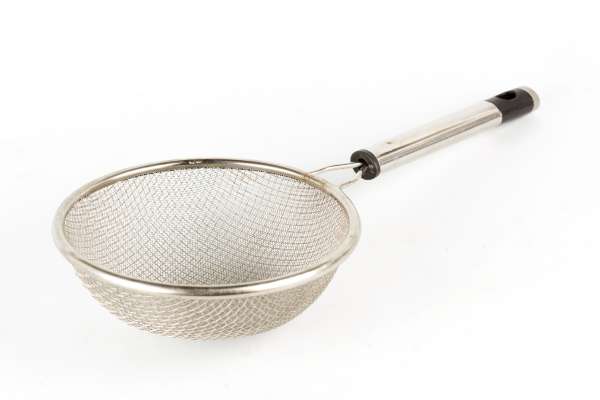
When choosing a colander, pay attention to the handle design. Handles can vary in shape, size, and material, and the right design can make a difference in usability and comfort. Look for colander with sturdy, ergonomic handles that provide a comfortable grip, especially when handling heavy loads of food. Handles with heat-resistant materials are also beneficial for safely draining hot liquids. Additionally, consider colanders with handles that are securely attached to the bowl to ensure stability and durability during use.
Creative Uses of Colanders
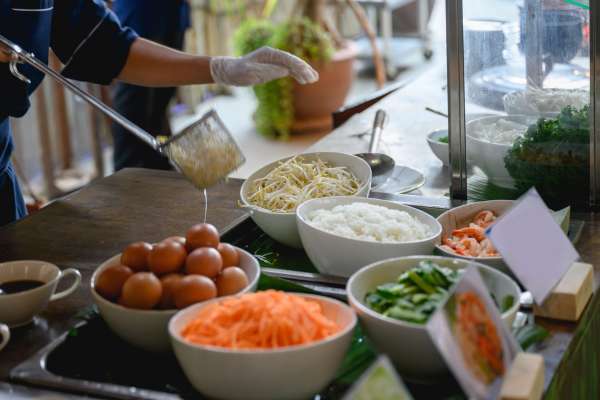
While colander are primarily designed for draining liquids from food items, they can also be used in creative ways beyond the kitchen. Here are some inventive uses for colanders:
- Flower Arrangement: Use a colander as a unique vase or container for floral arrangements. The perforated design allows for proper drainage, making it suitable for holding fresh flowers or plants.
- Fruit Bowl: Display fruits in a colander for a rustic and charming centerpiece on your dining table or kitchen counter. The elevated design of the colander allows air to circulate around the fruits, helping to keep them fresh longer.
- Storage Organizer: Use a colander to organize and store small items such as kitchen utensils, office supplies, or crafting materials. The perforations in the colander provide ventilation, making it suitable for storing items that need airflow.
- Bath Toy Holder: Hang a colander in the bathtub to store bath toys or small toiletries. The drainage holes in the colander allow water to drain away, helping to keep bath toys dry and organized.
- Outdoor Decor: Use a colander as a decorative planter for herbs, succulents, or small flowering plants in your garden or outdoor space. The durable material of the colander can withstand outdoor conditions, making it a practical and stylish addition to your outdoor decor.
Tips For Maintaining Colanders:
- Clean After Each Use: To prevent food particles from accumulating and causing odors or stains, wash your colander thoroughly with warm, soapy water after each use. Pay special attention to the perforations and crevices where food debris may get trapped.
- Use Non-Abrasive Cleaners: Avoid using abrasive cleaners or scouring pads that could scratch the surface of your colander, especially if it’s made of stainless steel or other delicate materials. Instead, opt for gentle cleaners or baking soda paste to remove stubborn stains.
- Dry Thoroughly: After washing, ensure your colander is completely dry before storing it to prevent rust or mold growth. Use a clean towel to dry the surface and let it air dry upside down to allow any trapped water to drain out.
- Store Properly: Store your colander in a dry, well-ventilated area to prevent moisture buildup and potential mold growth. Consider hanging it on a hook or placing it upside down on a drying rack to ensure proper airflow.
Conclusion
Colanders are versatile and essential tools in any kitchen. Whether you’re draining pasta, washing vegetables, or straining liquids, a colander plays a crucial role in food preparation. By considering factors such as size, material, handle design, and maintenance, you can choose the right colander to suit your needs and ensure its longevity. With proper care and usage, your colander will continue to be a reliable companion in the kitchen, making cooking tasks more efficient and enjoyable.
